UmtatinCAS# 17398-06-0 |

Quality Control & MSDS
3D structure
Package In Stock
Number of papers citing our products
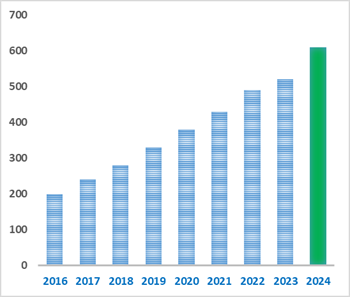
| Cas No. | 17398-06-0 | SDF | Download SDF |
| PubChem ID | 12444597 | Appearance | Powder |
| Formula | C15H14O5 | M.Wt | 274.27 |
| Type of Compound | Phenols | Storage | Desiccate at -20°C |
| Solubility | Soluble in Chloroform,Dichloromethane,Ethyl Acetate,DMSO,Acetone,etc. | ||
| Chemical Name | 4-hydroxy-7-(hydroxymethyl)-2-prop-1-en-2-yl-2,3-dihydrofuro[3,2-g]chromen-5-one | ||
| SMILES | CC(=C)C1CC2=C(O1)C=C3C(=C2O)C(=O)C=C(O3)CO | ||
| Standard InChIKey | MCXUZKYSWNSOMA-UHFFFAOYSA-N | ||
| Standard InChI | InChI=1S/C15H14O5/c1-7(2)11-4-9-12(20-11)5-13-14(15(9)18)10(17)3-8(6-16)19-13/h3,5,11,16,18H,1,4,6H2,2H3 | ||
| General tips | For obtaining a higher solubility , please warm the tube at 37 ℃ and shake it in the ultrasonic bath for a while.Stock solution can be stored below -20℃ for several months. We recommend that you prepare and use the solution on the same day. However, if the test schedule requires, the stock solutions can be prepared in advance, and the stock solution must be sealed and stored below -20℃. In general, the stock solution can be kept for several months. Before use, we recommend that you leave the vial at room temperature for at least an hour before opening it. |
||
| About Packaging | 1. The packaging of the product may be reversed during transportation, cause the high purity compounds to adhere to the neck or cap of the vial.Take the vail out of its packaging and shake gently until the compounds fall to the bottom of the vial. 2. For liquid products, please centrifuge at 500xg to gather the liquid to the bottom of the vial. 3. Try to avoid loss or contamination during the experiment. |
||
| Shipping Condition | Packaging according to customer requirements(5mg, 10mg, 20mg and more). Ship via FedEx, DHL, UPS, EMS or other couriers with RT, or blue ice upon request. | ||

Umtatin Dilution Calculator

Umtatin Molarity Calculator
| 1 mg | 5 mg | 10 mg | 20 mg | 25 mg | |
| 1 mM | 3.646 mL | 18.2302 mL | 36.4604 mL | 72.9208 mL | 91.1511 mL |
| 5 mM | 0.7292 mL | 3.646 mL | 7.2921 mL | 14.5842 mL | 18.2302 mL |
| 10 mM | 0.3646 mL | 1.823 mL | 3.646 mL | 7.2921 mL | 9.1151 mL |
| 50 mM | 0.0729 mL | 0.3646 mL | 0.7292 mL | 1.4584 mL | 1.823 mL |
| 100 mM | 0.0365 mL | 0.1823 mL | 0.3646 mL | 0.7292 mL | 0.9115 mL |
| * Note: If you are in the process of experiment, it's necessary to make the dilution ratios of the samples. The dilution data above is only for reference. Normally, it's can get a better solubility within lower of Concentrations. | |||||

Calcutta University

University of Minnesota

University of Maryland School of Medicine

University of Illinois at Chicago
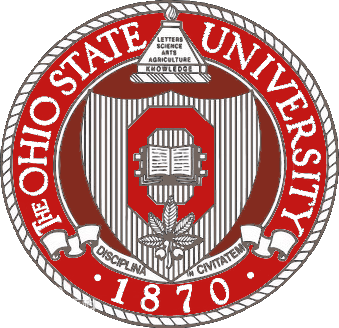
The Ohio State University
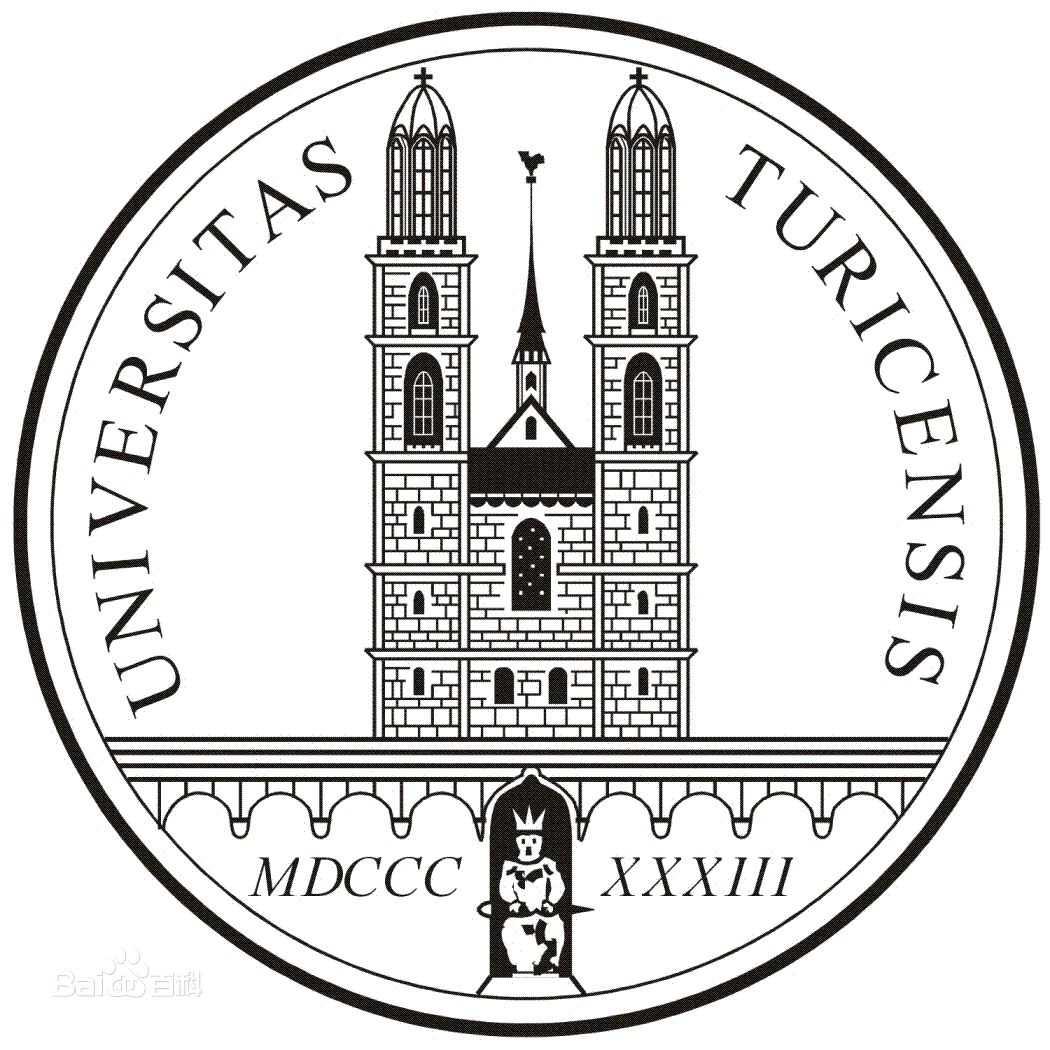
University of Zurich

Harvard University

Colorado State University
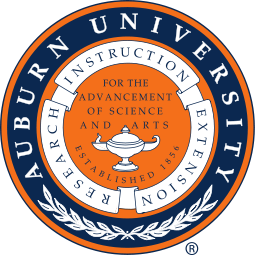
Auburn University

Yale University

Worcester Polytechnic Institute

Washington State University

Stanford University

University of Leipzig
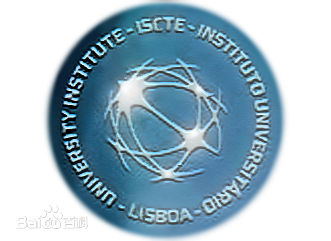
Universidade da Beira Interior
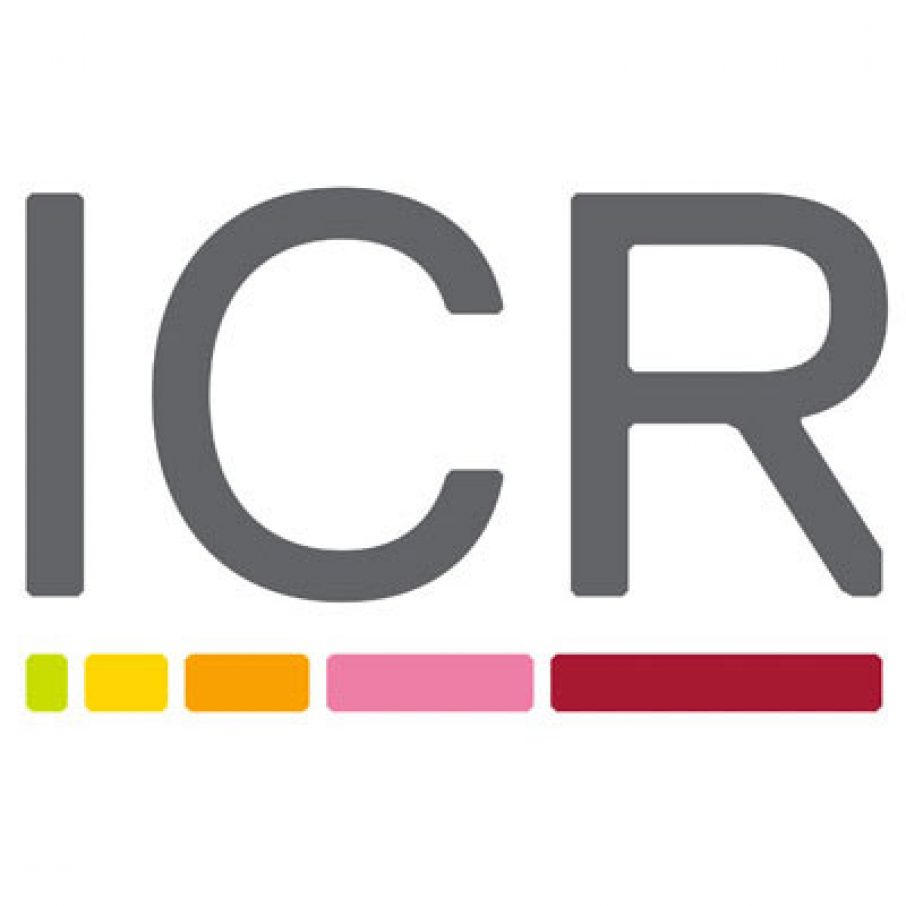
The Institute of Cancer Research
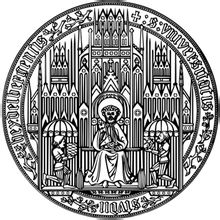
Heidelberg University

University of Amsterdam

University of Auckland

TsingHua University
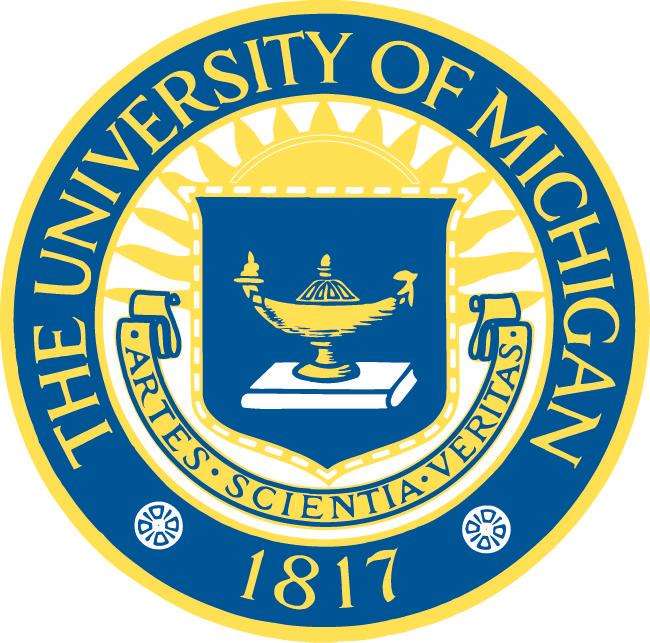
The University of Michigan

Miami University
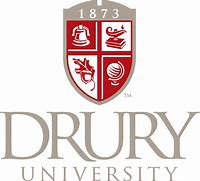
DRURY University
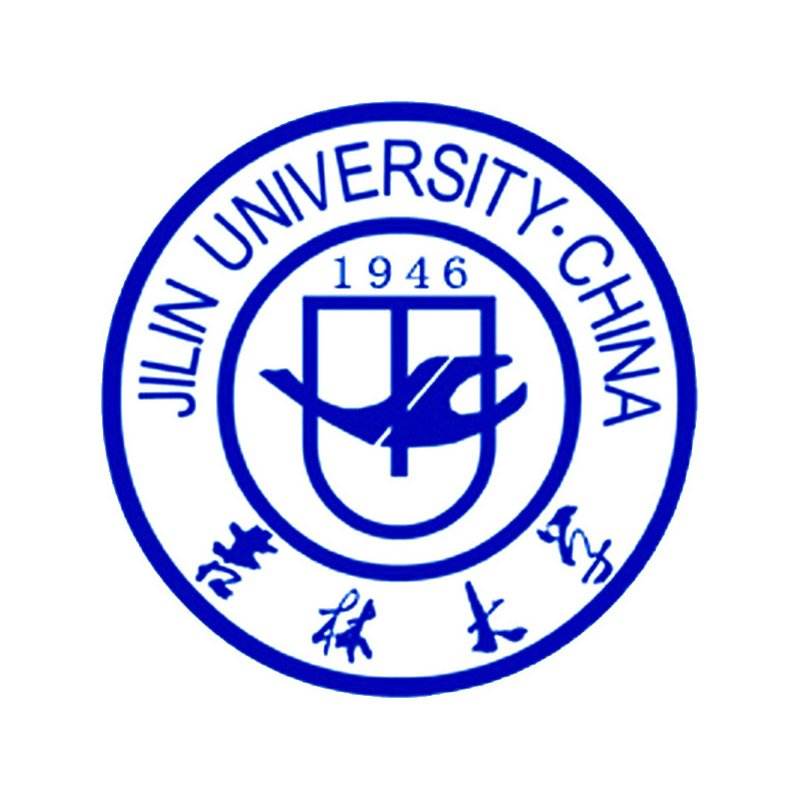
Jilin University

Fudan University

Wuhan University

Sun Yat-sen University

Universite de Paris

Deemed University

Auckland University

The University of Tokyo

Korea University
- 16-Oxo-21-episerratenediol
Catalog No.:BCN9623
CAS No.:1194739-51-9
- O-Methylalloptaeroxylin
Catalog No.:BCN9622
CAS No.:35930-31-5
- 7α-O-Ethylmorroniside
Catalog No.:BCN9621
CAS No.:1116650-29-3
- Alloptaeroxylin
Catalog No.:BCN9620
CAS No.:4670-29-5
- Heteropeucenin 7-methyl ether
Catalog No.:BCN9619
CAS No.:26213-95-6
- Karavilagenin B
Catalog No.:BCN9618
CAS No.:912329-02-3
- Cernuine
Catalog No.:BCN9617
CAS No.:6880-84-8
- Greveichromenol
Catalog No.:BCN9616
CAS No.:35930-29-1
- Tuberculatin
Catalog No.:BCN9615
CAS No.:90706-10-8
- Illiciumlignan D
Catalog No.:BCN9614
CAS No.:2237239-36-8
- 6,7-Di-O-acetylsinococuline
Catalog No.:BCN9613
CAS No.:1054312-81-0
- Taiwanin E
Catalog No.:BCN9612
CAS No.:22743-05-1
- Dihydrodehydrodiconiferyl Alcohol Beta-D-Xylopyranoside
Catalog No.:BCN9625
CAS No.:1048996-18-4
- Neochlorogenin
Catalog No.:BCN9626
CAS No.:511-91-1
- (S)-4-Methoxydalbergione
Catalog No.:BCN9627
CAS No.:2543-95-5
- Lutonarin
Catalog No.:BCN9628
CAS No.:35450-86-3
- Pedaliin
Catalog No.:BCN9629
CAS No.:22860-72-6
- Tricin 7-O-glucoside
Catalog No.:BCN9630
CAS No.:32769-01-0
- 1-(2-Chloroacetyl)pyrrolidine-2-carbonitrile
Catalog No.:BCN9631
CAS No.:207557-30-5
- Benzyl(2-(4-((4-fluorobenzyl)carbamoyl)-5-hydroxy-1-methyl-6-oxo-1,6-dihydropyrimidin-2-yl)propan-2-yl)carbamate
Catalog No.:BCN9632
CAS No.:518048-02-7
- 2-(2-Aminopropan-2-yl)-N-(4-fluorobenzyl)-5-hydroxy-1-methyl-6-oxo-1,6-dihydropyrimidine-4-carboxamide
Catalog No.:BCN9633
CAS No.:518048-03-8
- Telmisartan amide
Catalog No.:BCN9634
CAS No.:915124-86-6
- Telmisartan impurity G
Catalog No.:BCN9635
CAS No.:144702-27-2
- cis-1,2,3,4-Tetrahydro-1-(3,4-methylenedioxyphenyl)-9H-pyrido[3,4-b]indole-3-carboxylic acid methyl ester hydrochloride
Catalog No.:BCN9636
CAS No.:171752-68-4
Anti-adipogenic chromone glycosides from Cnidium monnieri fruits in 3T3-L1 cells.[Pubmed:22932311]
Bioorg Med Chem Lett. 2012 Oct 1;22(19):6267-71.
Seven new chromone glycosides, monnierisides A (3), B (10), C (11), D (12), E (13), F (15) and G (16) were isolated from Cnidium. monnieri, together with ten known chromone derivatives, undulatoside A (1), cnidimol C (2), saikochromoside A (4), cnidimoside A (5), cnidimoside B (6), 2-methyl-5-hydroxy-6-(2-butenyl-3-hydroxymethyl)-7-(beta-d-glucopyranosyloxy)-4H- 1-benzopyran-4-one (7), cnidimol D (8), hydroxycnidimoside A (9), Umtatin (14) and 6'-hydroxylangelicain (17). The structures of isolated compounds were determined on the basis of spectroscopic analysis including 1D, 2D NMR and HR-MS. Among the compounds isolated, compounds 5, 6, 9 and 10 significantly inhibited adipocyte differentiation as measured by fat accumulation in 3T3-L1 cells using Oil Red O staining.
Cedkathryns A and B, pentanortriterpenoids from Cedrelopsis gracilis (Ptaeroxylaceae).[Pubmed:15501263]
Phytochemistry. 2004 Nov;65(21):2929-34.
The stem bark of Cedrelopsis gracilis (Ptaeroxylaceae) has yielded three known prenylated coumarins, O-methylalloptaeroxylin, ptaerochromenol and Umtatin and the novel pentanortriterpenoids, cedkathryn A and cedkathryn B.


